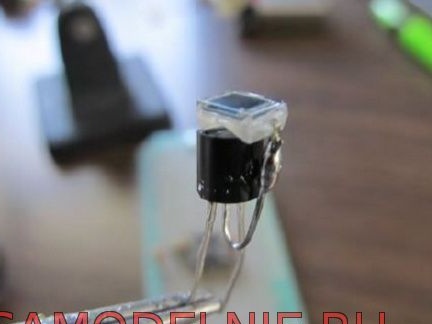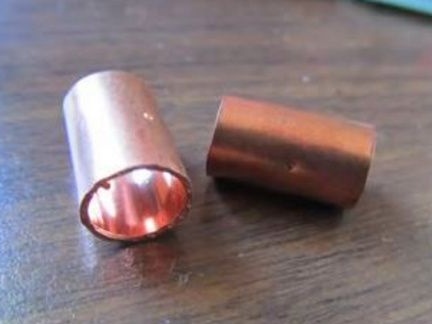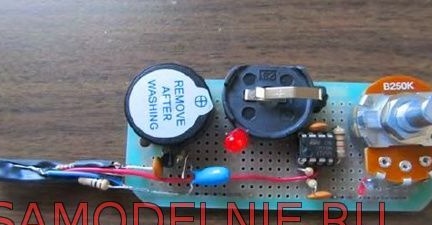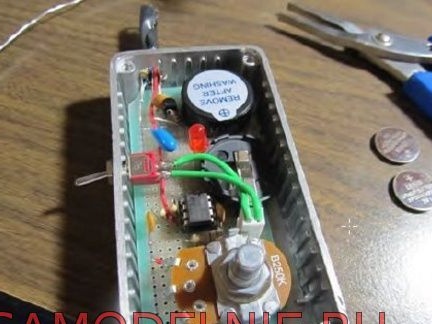
A Geiger counter is a device that captures and counts the number of particles that have fallen onto it. It is able to capture alpha, beta, gamma particles, reacts to x-ray, neutron and ultraviolet radiation. The main part of this device is a special tube filled with various gases and having two electrodes inside.
In this article, the author proposes to consider the design of a Geiger counter, where the so-called Geiger-Muller tube is replaced by a photodiode. This design is capable of fixing only alpha and beta particles, the gamma range is invisible to it, however, the availability of parts is a big plus for it. The scheme is quite simple, and its assembly in the presence of the necessary parts will not take much time.
Here is the diagram:

Details needed:
- BPW34 Photodiode
- LM358 op-amp
- Transistors:
- 2N3904
- 2N7000
- Capacitors:
- 100 NF (2)
- 100 nkF
- 10 nF
- 20 nF
- Resistance:
- 1 Mom
- 1.5 Mohm (2)
- 150 rooms
- 1 room (2)
- 250 com (variable)
- Piezodynamic
- Toggle switch
As you can see, the author began assembling the circuit with a sensor:

The resistances connected with him were also soldered “on weight”:

Next, the structure was wrapped with electrical tape and a suitable-sized copper tube was put on top. They are needed for filtering radio frequency interference.

Next, the board is going on the layout. As batteries of the device, three CR1620 batteries were used.

The case for the device is made of aluminum, since the circuit is very sensitive to electromagnetic interference. For the same reason, there should not be extra holes in it. Only necessary: under the sensor, LED, regulator and toggle switch.

Next, the case is assembled and the device is ready.

